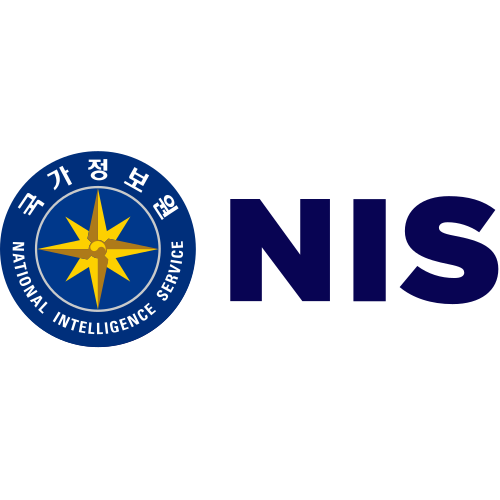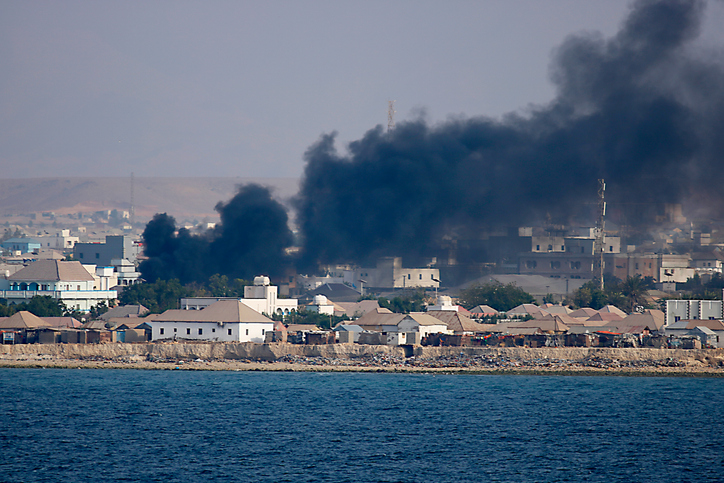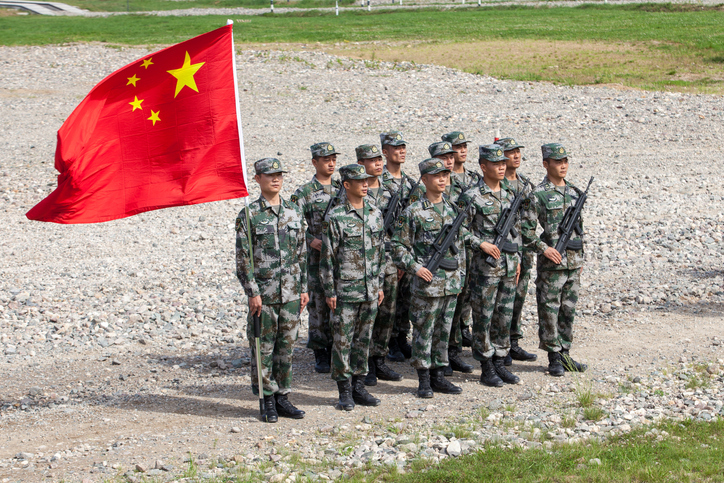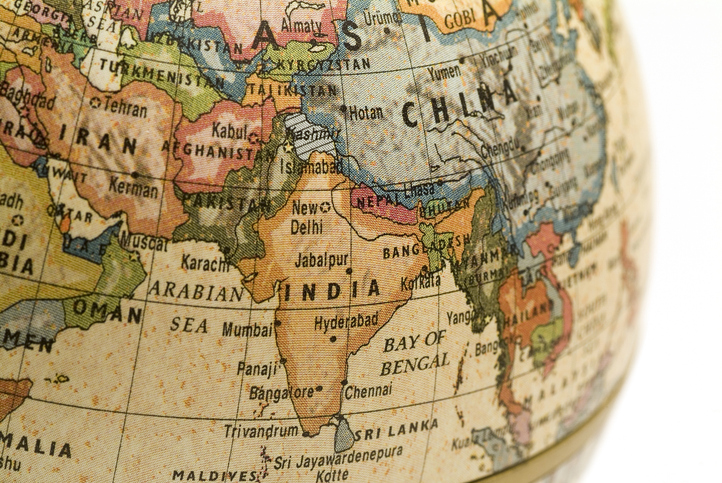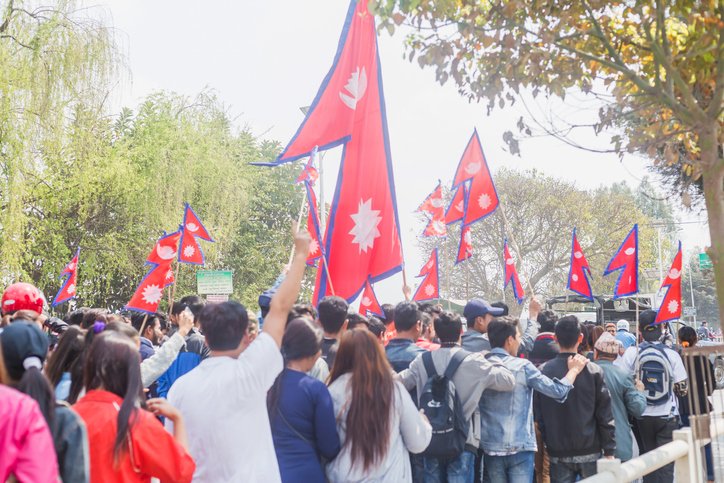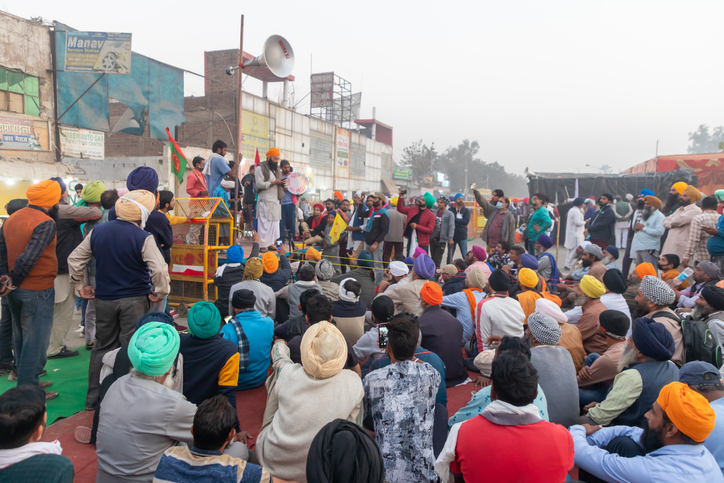
Posted On : Nov 7 2024
Understanding the Complexities of the Iran Attack on Pakistan: A Deeper Analysis
In recent days, the world has been shaken by the alarming news of an attack launched by Iran on Pakistan. Such an incident carries significant ramifications, not only for the two nations involved but also for the broader geopolitical landscape. As we endeavour to grasp the intricacies of this event, it becomes imperative to delve deeper into the underlying factors and complexities that have led to this escalation of tensions between the neighbouring countries.
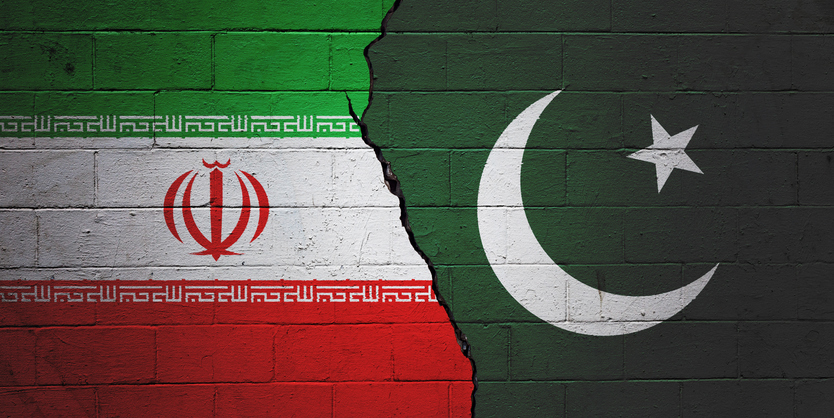
First and foremost, it is essential to acknowledge the historical context and the longstanding regional dynamics between Iran and Pakistan. While both nations share a border and have maintained diplomatic relations for decades, their relationship has been marked by periods of cooperation as well as friction. One of the primary sources of tension stems from differing strategic interests and geopolitical alignments.
Iran, a predominantly Shia Muslim nation, has often viewed Pakistan with suspicion due to its close ties with Saudi Arabia, a Sunni-majority country and a regional rival of Iran. This sectarian divide, exacerbated by proxy conflicts in the Middle East, has contributed to a degree of mistrust between Tehran and Islamabad. Additionally, Pakistan's historically complex relationship with the United States, particularly in the context of Afghanistan, has further strained its ties with Iran, given Iran's opposition to US involvement in the region.
Furthermore, the issue of cross-border terrorism has been a persistent source of contention between Iran and Pakistan. Balochistan, a province in southwestern Pakistan, has been plagued by separatist insurgency movements, some of which have found sanctuary across the border in Iran. Tehran has accused Islamabad of harbouring militants responsible for attacks on Iranian security forces, while Pakistan has expressed concerns about Iran's alleged support for Baloch separatist groups operating on its territory.
Against this backdrop of historical grievances and strategic rivalries, the recent attack by Iran on Pakistan must be understood within the broader context of regional instability and power struggles. While details of the attack remain sketchy, initial reports suggest that it may have been a targeted strike against alleged militant hideouts along the border region. However, such actions risk escalating tensions and triggering a wider conflict, with potentially devastating consequences for both countries and the wider region.
In light of these developments, it is incumbent upon both Iran and Pakistan to exercise restraint and pursue diplomatic channels to address their differences and prevent further escalation. The international community, particularly neighbouring countries and regional powers, also has a responsibility to engage constructively and facilitate dialogue between the two nations. Confidence-building measures, such as enhanced border security cooperation and intelligence sharing, could help mitigate the risk of future confrontations and foster greater trust between Tehran and Islamabad.
Ultimately, the Iran attack on Pakistan serves as a stark reminder of the complex interplay of factors shaping regional dynamics in South Asia and the Middle East. It underscores the need for a nuanced understanding of the underlying drivers of conflict and the imperative of dialogue and diplomacy in resolving disputes and promoting peace and stability. In the absence of concerted efforts to address the root causes of tensions and build mutual trust and confidence, the risk of further violence and instability looms large, with potentially dire consequences for all parties involved.
No Comments Added






